
What’s Changing in National Insurance from April 2025?
A New Era for Employers
Starting 6 April 2025, significant changes to National Insurance contributions (NICs) will take effect, impacting employers of all sizes across the UK. Here’s what to expect:
- Lower Threshold, Higher Rate: The secondary threshold—the point where employers start paying NICs on employees’ earnings—will drop to £96 per week (£417 per month or £5,000 annually). Simultaneously, the employer’s NIC rate will increase from 13.8% to 15%.
- Impact on Part-Time Employees: The reduced threshold means some part-time workers who were previously under the radar for NICs might now cross the line and trigger employer contributions.
Support Through Employment Allowance
To soften the blow, the Employment Allowance is being boosted from £5,000 to £10,500. More businesses will benefit from this, as the previous eligibility restriction based on the £100,000 NIC bill cap is being removed. However, companies with a sole employee who is also the director will still not qualify.
This means:
- Smaller employers could see a reduction in their NIC liability despite the higher rates.
- Larger employers, on the other hand, could face a significant rise in costs.
Thresholds That Remain Unchanged
The special upper secondary thresholds for under-21s, apprentices, and veterans will stay fixed at £967 per week (£4,189 per month; £50,270 per year). Similarly, the NIC thresholds for Freeports and Investment Zones will remain at £481 per week (£2,083 per month; £25,000 per year).
Employers may consider hiring more individuals who fall into these categories to manage the financial impact.
Also rising to 15% are the Class 1A and Class 1B NIC rates, aligning with the secondary Class 1 rate.
What’s Staying the Same for Employees?
Good news for employees: no increase in their NIC rates.
- The primary threshold (the point where employees start paying NICs) remains at £242 per week (£1,048 per month or £12,570 annually).
- The upper earnings limit also holds steady at £967 per week (£4,189 per month; £50,270 annually).
- NIC rates are unchanged: 8% for standard earnings and 2% for earnings above the upper limit.
Employees earning between the lower earnings limit and the primary threshold are treated as if they’ve paid contributions—qualifying them for a year toward their state pension. The lower earnings limit will increase slightly to £125 per week (£542 per month or £6,500 annually).
What About the Self-Employed?
For self-employed individuals:
- Class 4 NICs will continue to apply to profits over £12,570.
- The main rate stays at 6% (up to £50,270 in profits), and the additional rate remains at 2% above that.
Those earning between the small profits threshold and the lower profits limit will receive a National Insurance credit for state pension purposes. The small profits threshold rises to £6,845.
Self-employed individuals earning below this can still choose to pay voluntary Class 2 NICs, which are set at £3.50 per week for 2025/26.
Voluntary Class 3 Contributions
For individuals looking to fill gaps in their National Insurance record and not eligible for Class 2, voluntary Class 3 contributions will be available at a rate of £17.75 per week for 2025/26.
Reference: Social Security (Contributions) (Rates, Limits and Thresholds Amendments, National Insurance Funds Payments and Extension of Veteran’s Relief) Regulations 2025 (SI 2025/288).
For more information, Book a Free Consultation
Need Accountancy Support?
For information on bespoke training, or if you have any other questions for Makesworth Accountant, please fill in your details below






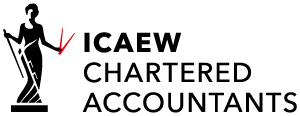

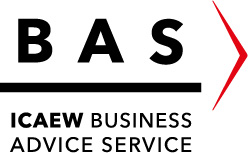

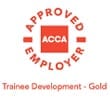
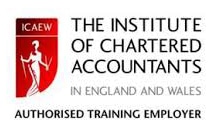

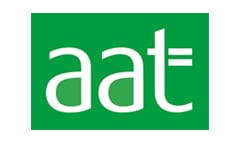
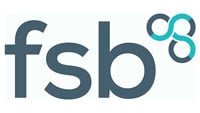

 151
151